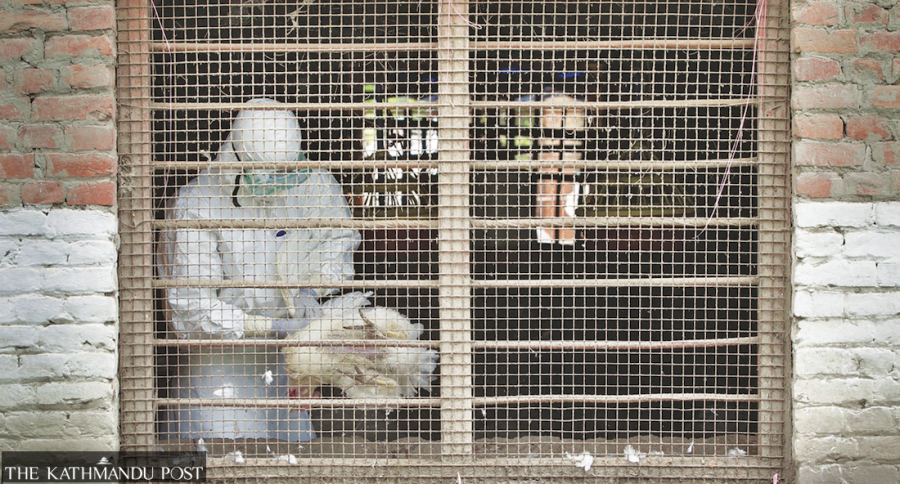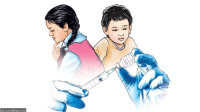Health
Amid H5N1 outbreaks in poultry farms, call for vigilance to prevent infection in humans
The virus, which mainly affects birds, can infect humans. Nepal in the past recorded a human death from the virus.
Arjun Poudel
With poultry farms in several districts including Kathmandu reporting outbreaks of H5N1 virus also known as bird flu, doctors have called for stepping up active surveillance to prevent infection in humans.
Thousands of chickens have been culled in Morang, Chitwan and in Kathmandu following confirmation of the virus in several poultry farms in the last few weeks.
“The virus, which kills the birds also infects humans,” said Dr Sher Bahadur Pun, a virologist, serving at the Sukraraj Tropical and Infectious Disease Hospital.
“Although the chances of H5N1 infection in humans is very low, these outbreaks are serious because the virus has already killed one person in Nepal in the past. And the virus keeps mutating.”
In May, 2019, Nepal reported the first human casualty from H5N1 virus. A 21 year old poultry truck driver from Kavrepalanchowk who died on March 29 was found infected with bird flu virus.
Authorities, however, knew the cause of the death only after more than a month.
According to the World Health Organisation, H5N1 is a lethal bird flu virus, which is highly infectious with a 60 percent fatality rate in humans. The first infection in humans was reported in 1997 in Hong Kong and the virus has since spread to Asia, Africa, Middle East and Europe and other parts of the world causing millions of poultry infections.
According to the UN body, almost all cases of H5N1 infection in humans have been associated with close contact with infected live or dead fowls or contaminated environment.
While the virus does not seem to spread from human to human, a major concern among scientists is that the virus could mutate or combine with other influenza viruses into something more infectious and result in a pandemic.
Health authorities in Nepal had started contact tracing only a month and a half after the death of the victim.
Doctors as well as public health experts had criticised authorities for their lethargic approach in dealing with the risks. They had warned of another epidemic and suggested stepping up the surveillance systems.
“At least, the health conditions of people who come in close contact with chickens or work in poultry farms should be monitored closely,” said Pun. “If someone suffers from influenza-like illness or has symptoms of severe acute respiratory syndrome, their swab samples should be collected for testing.”
Unlike in the past, there is no need to send the swab samples abroad to confirm the H5N1 virus, as it can be done in Nepal itself.
The National Public Health Laboratory can conduct testing and sub-typing of the virus and identify the virus type, according to officials at the Epidemiology and Disease Control Division.
Officials at the Ministry of Health and Population said that they have alerted all health agencies concerned about the possible risk of transmission of the H5N1 virus in humans and have directed them to set up a surveillance system.
“I myself reached Biratnagar, held an orientation for all stakeholders and tried to convince them about the seriousness of the problem,” Dr Hemanta Ojha, a senior official at the Epidemiology and Disease Control Division, told the Post. “We have asked hospitals to look for influenza-like symptoms in non-Covid patients.”
The division has also directed health agencies to send swab samples to the National Public Health Laboratory, if health conditions of the infected persons with a history of working in poultry farms deteriorate fast.




 9.12°C Kathmandu
9.12°C Kathmandu














